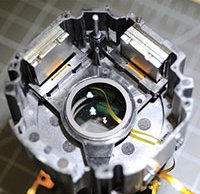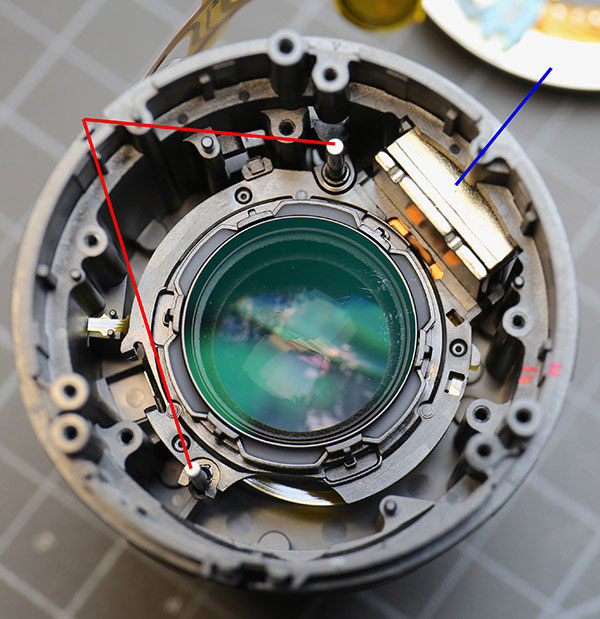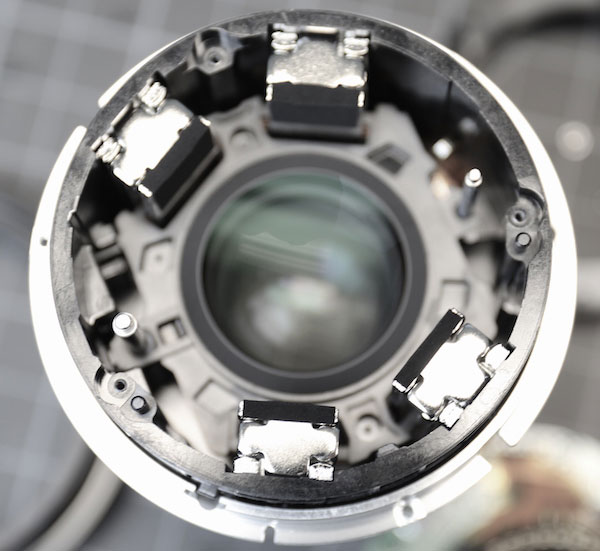A quiet shift in AF: LensRentals investigates the linear autofocus trend
posted Tuesday, April 19, 2016 at 1:02 PM EST

Roger Cicala, Aaron Closz, and Erick Marquez of LensRentals have put together an in-depth look at electromagnetic focusing, discussing how it's used in modern lenses, what some of its weaknesses might be, and what it might allow lens designers to do in the future.
Autofocus systems come in a variety of forms, including early geared direct current motors, ring ultrasonic motors, and more. Recently, though, several manufacturers have started employing voice-coil actuators to move focusing elements inside lenses. These VCA lenses are notable in that they moved focusing elements up and down inside the lens, rather than sliding them along curved slots, certainly a simpler design. This linear focusing method has become increasingly common in Micro Four Thirds, Fuji and Sony FE lenses.
While different lenses vary in how they implement electromagnetic focus, the basic components are an electromagnet and a permanent magnet. When you apply a current, the electromagnet moves. Reverse the current and it moves in the other direction. As LensRentals notes, this mechanism has three advantages over other types of motors: It's simple, silent, and potentially very fast.

Some electromagnetic focusing lenses utilize a single linear electromagnetic autofocus system, which seems to work best when moving small elements. A couple of lenses using this basic design -- the Sony 55mm f/1.8 and Sony FE 24-70mm f/4 -- have the electromagnetic coil simply glued to the focusing element, a design decision of which LensRentals is rather critical, having had to reglue "dozens" due to AF motor failures. Most such lenses have a more durable design, though.
What if you need to move larger elements? Then you can utilize more than one linear electromagnetic focusing motors, such as the dual linear EM focusing lenses produced by Fuji and Sony. Fuji has not stopped at just two, however, as they have utilized three and four linear electromagnetic motors in their Fuji 50-140mm lens and Fuji 90mm macro lens respectively.

Read the full article to learn more details about these lenses and their focusing arrangements, including many more images of the focusing mechanisms. You'll also find some interesting speculation from LensRentals as to some of the advantages linear autofocus could potentially bring to the table in future lens designs. (And if you're curious about which LEM focusing systems are in which lenses, LensRentals has put together a table listing this for you -- where known -- at the end of their article.)
(Seen via The Digital Picture)